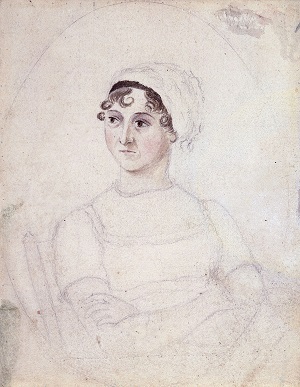Masterclass - Judgment in Shaftesbury’s ‘Soliloquy’ and Austen’s Pride and Prejudice
Judgment in Shaftesbury’s ‘Soliloquy’ and Austen’s Pride and Prejudice
A Masterclass by Associate Professor Vivasvan Soni (Northwestern University)
 All welcome, but spaces are limited. RSVP to uqche@uq.edu.au by Tuesday 25 October.
All welcome, but spaces are limited. RSVP to uqche@uq.edu.au by Tuesday 25 October.
In my current book project, I argue that we inhabit a ‘crisis of judgment,’ a crisis in which the practice of judgment is accorded little or no legitimacy, and only takes its place surreptitiously, on the margins of discourse. This crisis, I contend, can be traced back to the emergence of certain distinctively modern discursive formations in the eighteenth century, particularly empiricism and aesthetics.
This masterclass will examine the eighteenth-century origins of our present crisis of judgment, and explore some of the ways in which writers of that period offer resources for working beyond such an impasse. We will begin by sketching the contours of the crisis of judgment in the work of Bacon, Locke, Addison and Steele, and Hutcheson. We will then turn to Shaftesbury’s ‘Soliloquy; or, Advice to an Author’ and Austen’s Pride and Prejudice and consider how these works contain richly articulated defences of the practice of judgment, pointing us to still-viable strategies for moving beyond the crisis. We will see that both Shaftesbury and Austen situate their accounts of judgment in our ability to pause or hesitate, a fleeting and elusive moment which Locke had theorised as essential to any capacity for judgment.
Vivasvan Soni is Associate Professor of English at Northwestern University. His book Mourning Happiness: Narrative and the Politics of Modernity (2010) won the Modern Language Association Prize for a First Book. He is working on a project that probes the long history of our discomfort with judgment, tracing its genesis in eighteenth-century discourses of empiricism and aesthetics.
Readings:
Vivasvan Soni, ‘Committing Freedom: The Cultivation of Judgment in Rousseau’s Emile and Austen’s Pride and Prejudice’, The Eighteenth Century 51:3 (2010): pp363-87. (To be provided ahead of time.)
Vivasvan Soni, ‘How to Hit Pause: Language, Transcendence and the Capacity for Judgment in Shaftesbury’s “Soliloquy; or, Advice to an Author”’. (To be provided ahead of time.)
Austen, Pride and Prejudice (1813) (recommended).
Shaftesbury, ‘Soliloquy; or, Advice to an Author’ (1710) (recommended).

